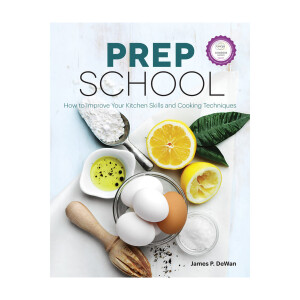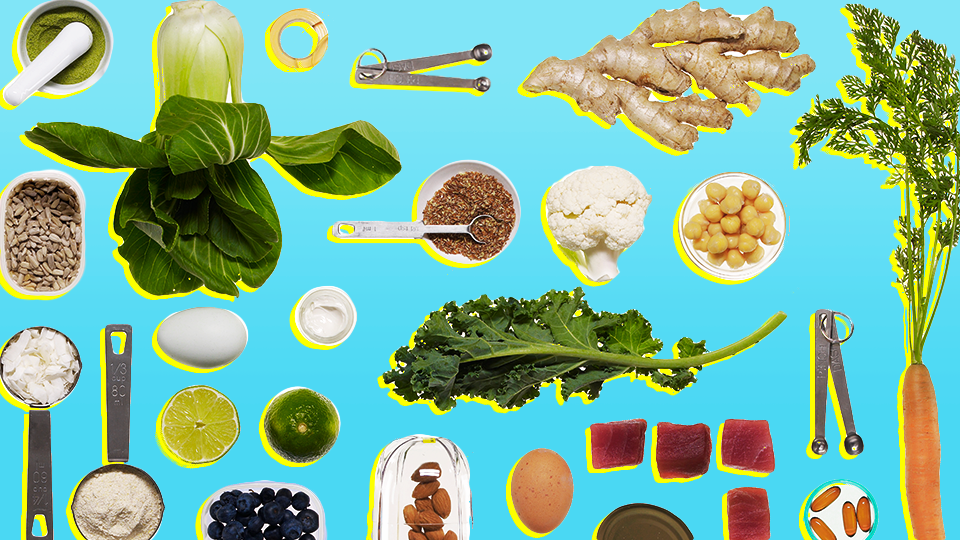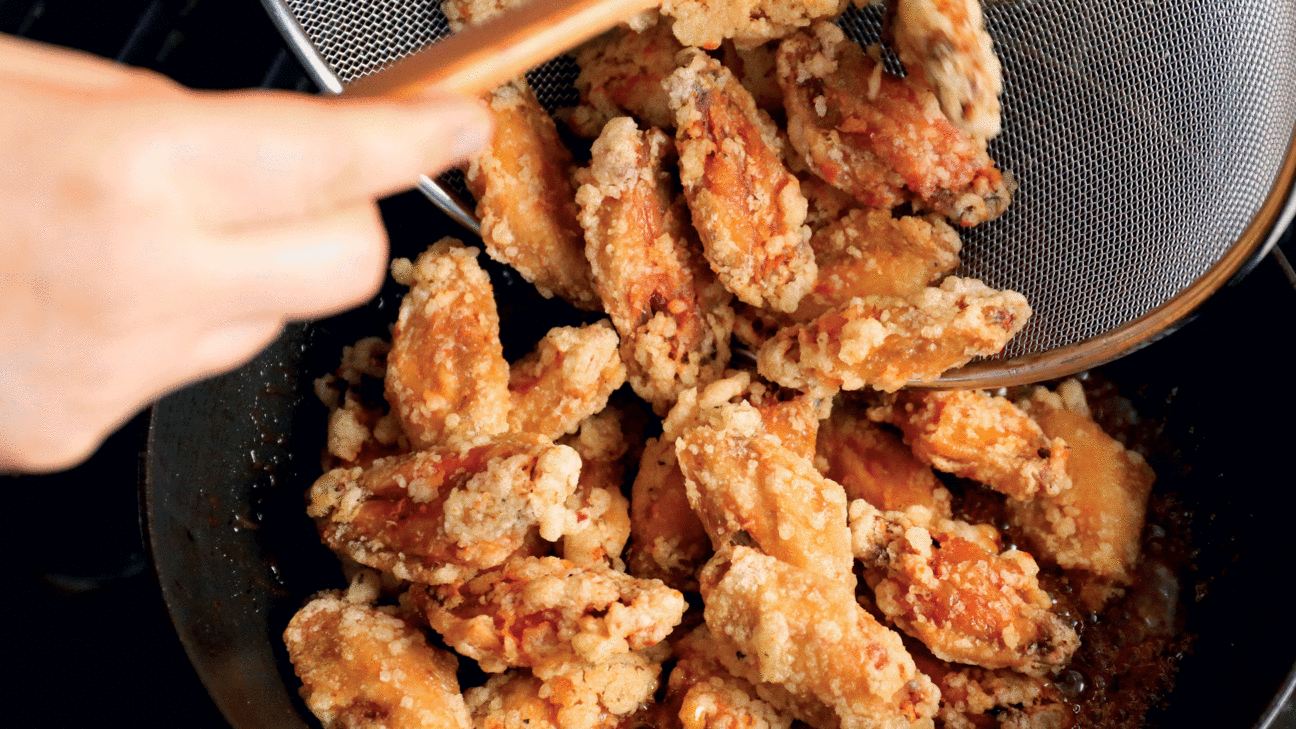
You should be able make a simple, but effective, checklist of your cooking skills for children. These skills range from developing creative recipes to ensuring that the kitchen is safe. Here are some tips to help you teach your children these essential skills. Here's a sample list:
List of essential culinary skills
To be a chef, you must have a solid understanding of how to prepare good food. This includes determining the freshness and preparation of meats, fruits, and vegetables as well as converting traditional recipes into larger quantities. Chefs must have good time management skills and a keen sense to smell and taste. A chef should also be able handle knives and other food equipment.
Sauteing is an adaptable cooking method that can be used for many different ingredients. Particularly delicious are lightly sauteed vegetables or shrimp in garlic butter. Braising, the oldest form of cooking, is usually done over an open fire. While it's a basic skill, it can still be very useful. If you can boil a dish, you are on your way to becoming a good cook. Safety tips and how to use knives are also essential.
Creative recipes
Creative recipes are key to success in cooking. Not only do they showcase your creativity, they also showcase your skills. Divergent thinking, also known as creative thinking, is a way to think outside the box and come up with new ideas. This skill is essential for a career in cooking, as it allows you to try new flavors and cooking techniques and impress customers. With a creative mind, you can also try new flavors to impress your employer. Explore different flavour combinations and create interesting themes for your meals. Try brainstorming and researching cooking methods to improve your creativity.

Another problem with defining cooking skills is that they are not consistent. The authors are not able to agree on which skill is more important. However, they do agree that it should be redefined. They suggest that the definitions should evolve from the perceived "Golden Age", when cooking skills went beyond basic food preparation. We must encourage the development of these skills and their continued use to ensure a vibrant and healthy future for food.
Create a safe and secure environment in your kitchen
You must create a safe environment for staff in commercial kitchens. A kitchen with open fires in the oven, bacteria, and electrical appliances can all be potentially hazardous. Developing a plan for the kitchen's cleanliness and adopting safety equipment are important first steps. Also, make sure that children are supervised in the kitchen. A safety plan and proper training can help to prevent accidents.
All kitchen staff should be certified in fire-resistance or fire-safety. Training in fire-safety is offered by local fire departments. The kitchen staff should be able to locate fire blankets or fire extinguishers, operate them, and manually start the fire-suppression system. Training employees in CPR and first aid should also be given as needed. Kitchens should always have non-slip flooring.
Identifying food safety hazards
Food safety hazards are an important part of any safety program. Identifying potential hazards is an important part of food safety, as it can prevent outbreaks of food poisoning and product recalls. Failure to identify potential hazards could lead to brand damage, regulatory action, and even brand destruction. Codex HACCP compliance is crucial for food businesses, and identifying hazards is a fundamental requirement.

There are many hazards that could be dangerous for humans. They can be from people, plants, packaging, or both. Different physical hazards may cause different degrees of injury or disease. These hazards aren't necessarily dangerous but must be identified and eradicated before they can cause damage. To find potential hazards, you must identify the source and then determine how to minimize it. You can also examine the product to determine the source.
FAQ
Is it possible to be self-taught?
You can learn to cook by yourself! Everyone loves cooking, regardless of whether they are skilled or not. If you're interested in learning how cook at home, then start cooking. You can start small by making spaghetti sauce for dinner or pancakes for breakfast. The best way to learn how to cook is to try new recipes and experiment. You might even make some mistakes.
It takes anywhere from several hours to several weeks to learn how to cook, depending on your skill level. Remember that cooking is not about following recipes. There are many methods to prepare food.
How much does culinary school cost?
Culinary school costs vary depending on where you go, how long you study, and what program you choose. The annual tuition average is between $10,000 and $30,000 Most students graduate with about $20,000 in debt. There are some programs that offer grants and scholarships as well as work-study options.
How do I become a Chef?
There are many options for becoming a chef. A course at a local community college or vocational school is a good place to start. You might also consider going to culinary school. A paid internship is another option.
Is there any difference between a chef or a cook.
A chef prepares food to be served to others. A cook prepares food for himself or herself. Although both jobs require you to prepare food, a chef is more involved in serving customers. This means that they may have to decide what dishes to prepare for their customers based on their preferences. A cook doesn't need to interact with clients. Instead, a cook makes sure the food tastes good before delivering it to customers.
Which is the best method to store leftovers?
Tupperware containers are great for storing leftovers. These containers keep food fresh and prevent odors forming. They also keep foods warm longer. Frozen leftovers can be kept in freezer bags. For food that you are freezing, make sure to place it inside another freezer bag. Once the food is frozen place it in an airtight container, such as a zip lock bag.
Statistics
- under 10 Kids have been taught that there is special food just for them, and Fiese says that 10 percent of kids will throw a tantrum if they don't get the food they want. (washingtonpost.com)
- According to the BLS, chefs earn $58,740 a year. (learnhowtobecome.org)
- In the United States, the category is estimated at $23.2 billion annually and is growing faster than the market. (washingtonpost.com)
External Links
How To
How to make the perfect omelet
Omelets are a favorite breakfast food of mine. How do you make them perfect? I've tried many recipes and different methods but none have worked. So I wanted to share some tips and tricks so that you can make delicious, fluffy omelets every morn.
First, eggs can be very temperamental ingredients for making omelets. The eggs must be fresh from an organic source and kept at room temperature until they are ready to be cooked. If they are not kept cold enough, the whites won’t form properly. The yolks will also break down too quickly and become runny. This makes your omelets look weirdly colored. It is best to use room-temperature eggs if you are going to cook them right away.
You can also separate the egg before you add it to the pan. It is important not to allow any white to mix with the yolk as this could lead to the omelet becoming curdled.
You could end up burning the bottom half of the egg if the egg is added directly to the heat source. Instead, put the egg in the microwave for 10 seconds before putting it into the pan. The microwave heat cooks the eggs just right without overcooking them.
Next, let's discuss mixing the eggs. When you mix eggs together, you want to beat them well. You can do this by turning the bowl of your mixer upside down. Then shake the bowl vigorously. This will whip the air around the bowl and mix the egg well.
The fun part is now - adding the milk to the mixture. Mix half of the milk with the eggs. Then fold the eggs in half into the remaining milk. Do not be alarmed if there are still egg streaks visible. Once the omelet flips, these streaks will disappear.
After you have folded the eggs, heat the oil in a pan over medium heat. Once the oil has started to sizzle, turn the heat down to low. Add 1/4 cup butter to the oil and swirl it around to coat all sides of the pan. Now carefully crack open the lid of the pan and sprinkle salt into the pan. Salt will prevent the omelet sticking to the pan.
Once the omelet has formed, cover the pan again and wait for the top side to set completely. Flip the omelet by using a spatula. Cook the other side for another minute or two. Serve immediately after removing the omelet from its pan.
This recipe is best made with whole milk. However, it can also be used with skimmed milk.